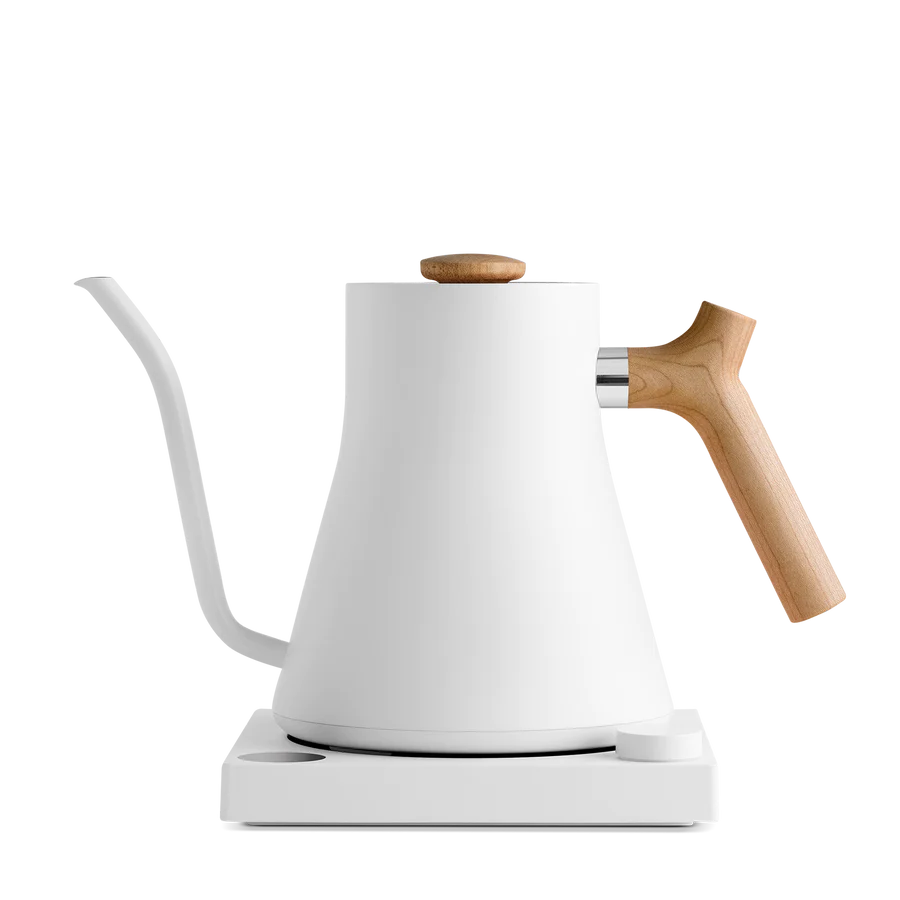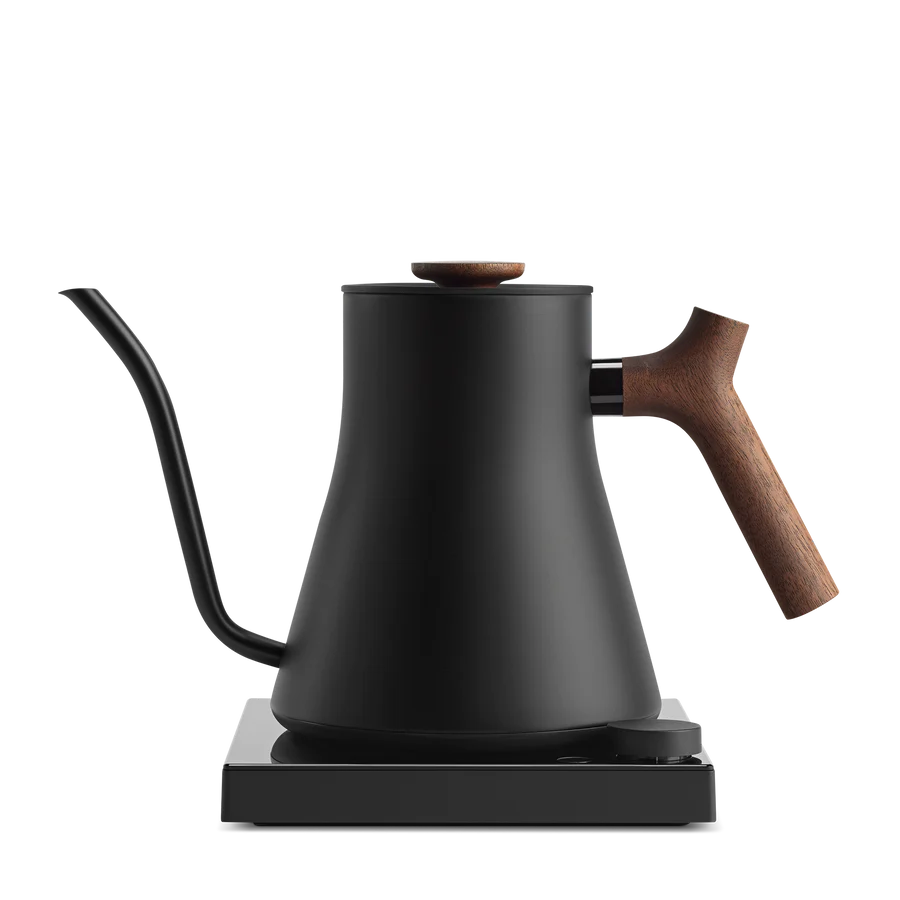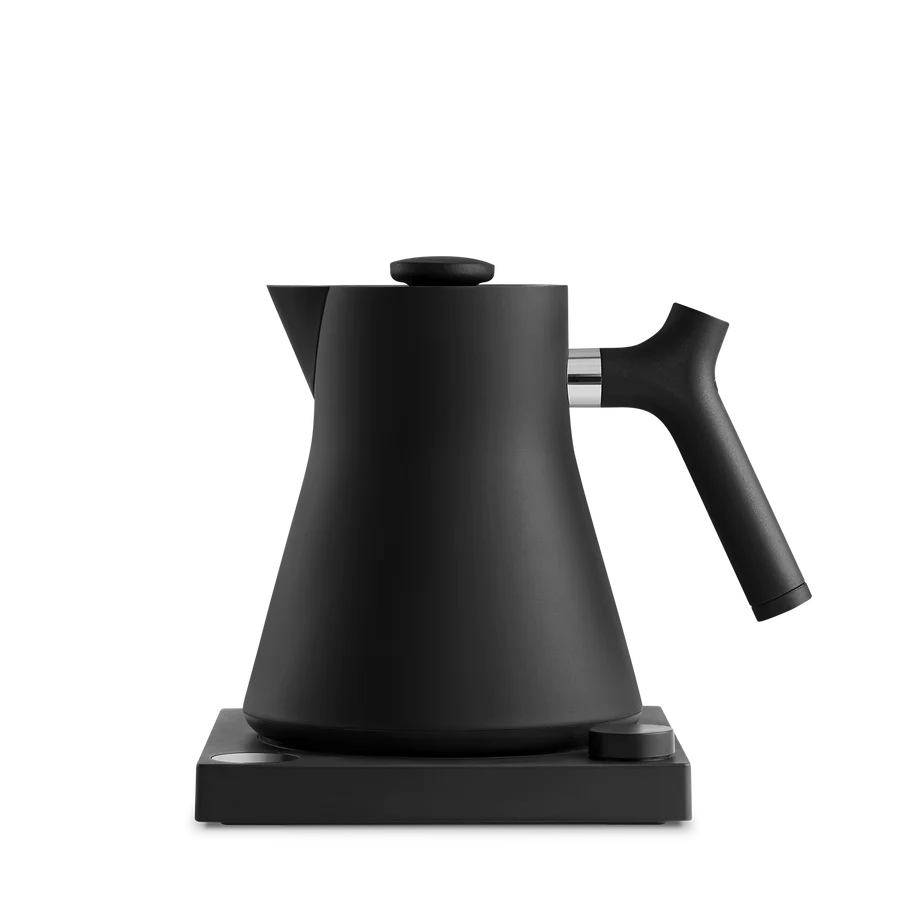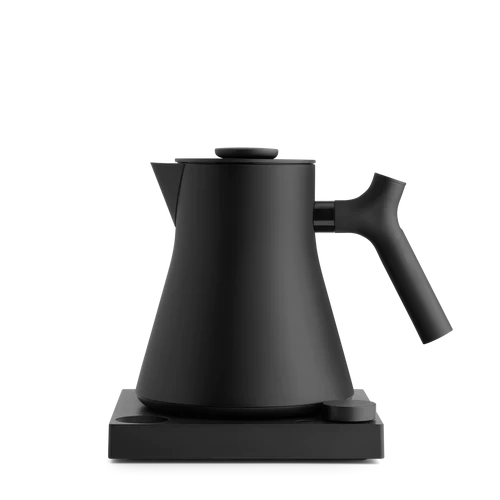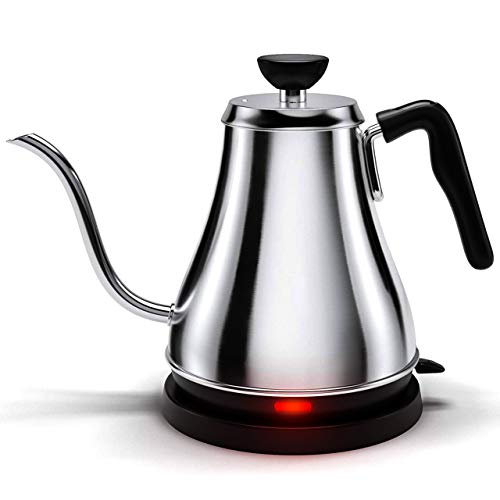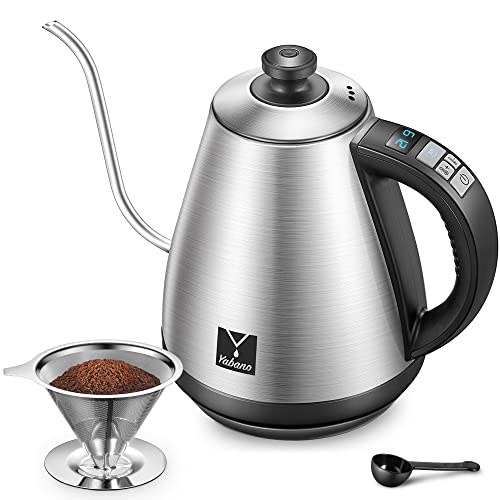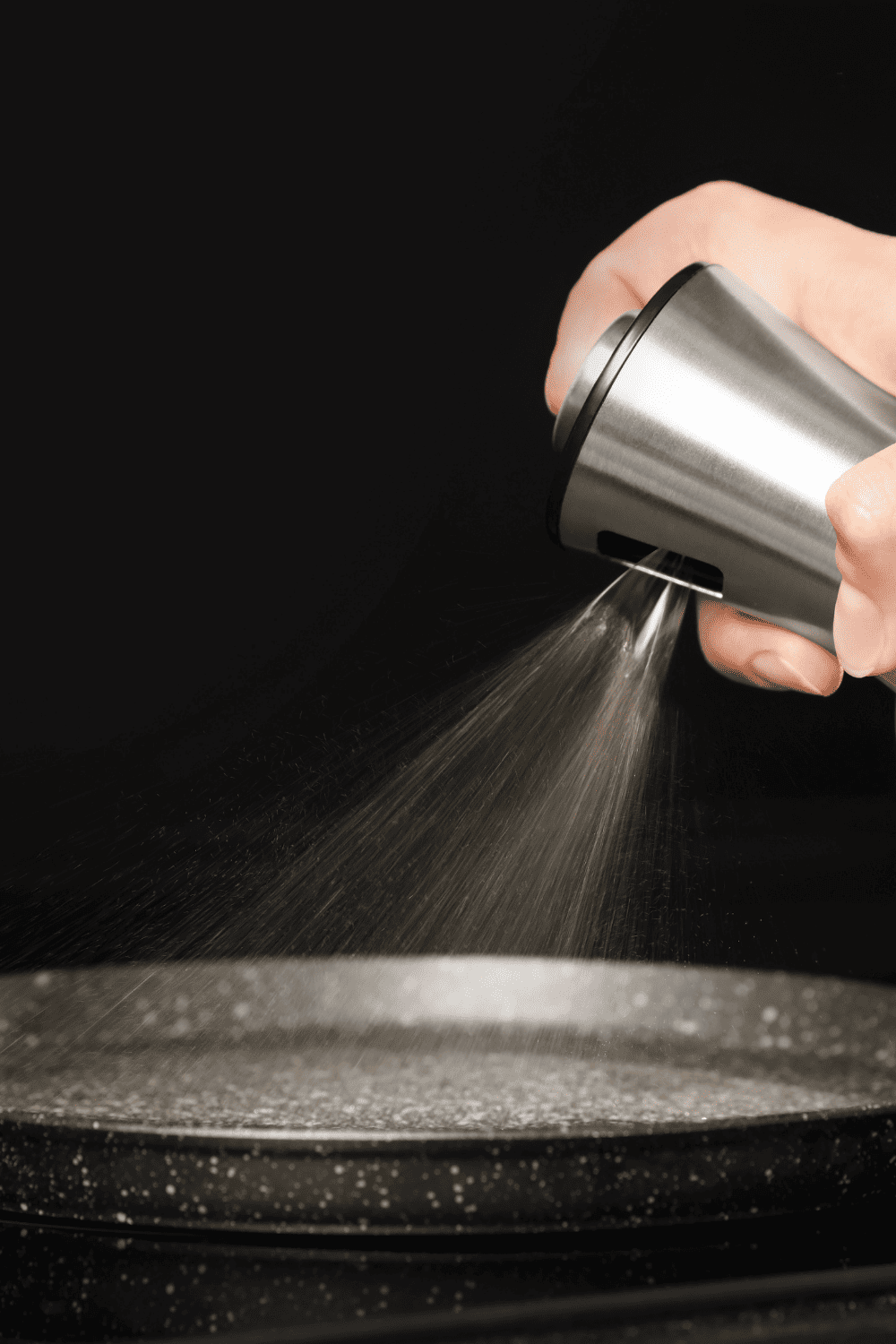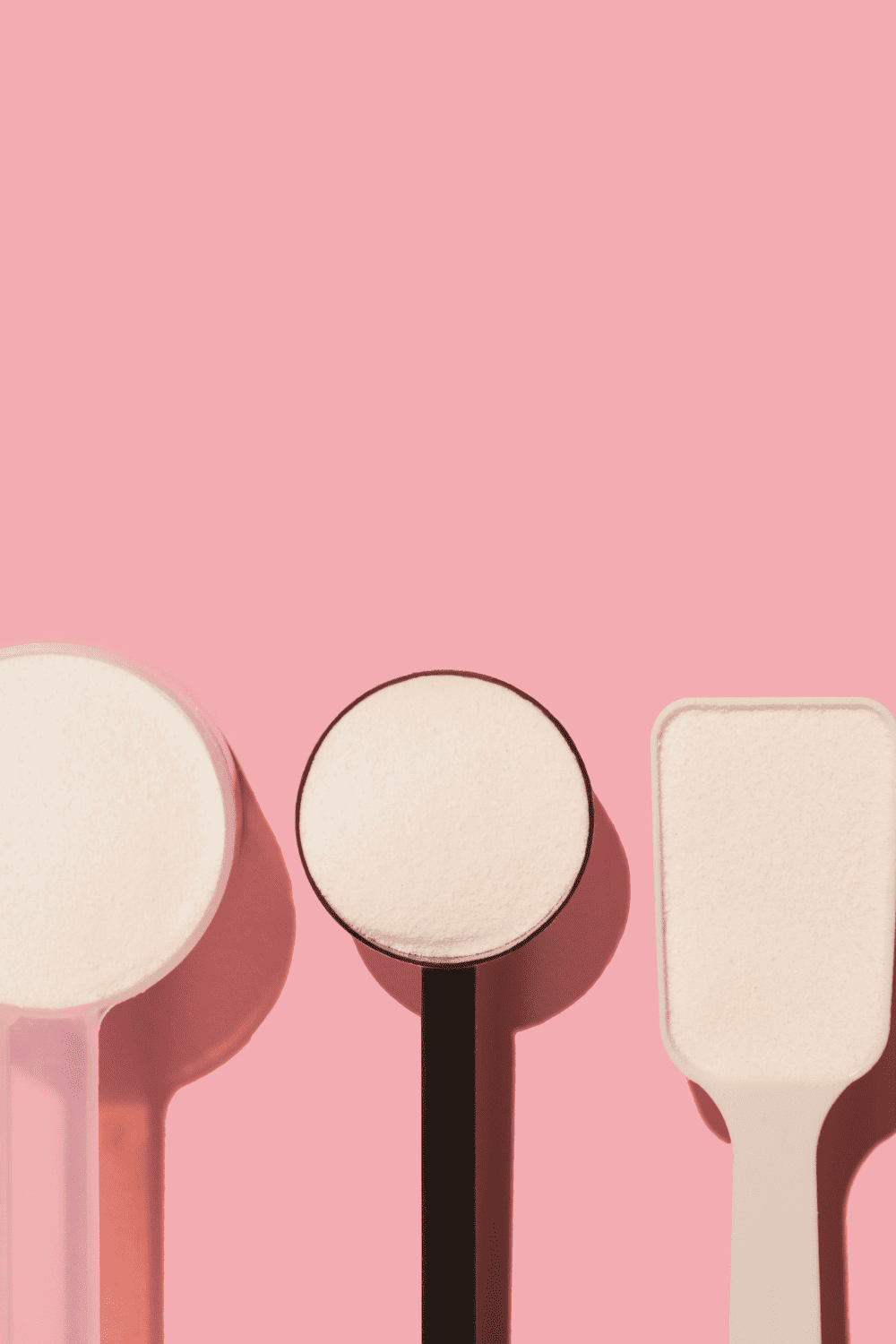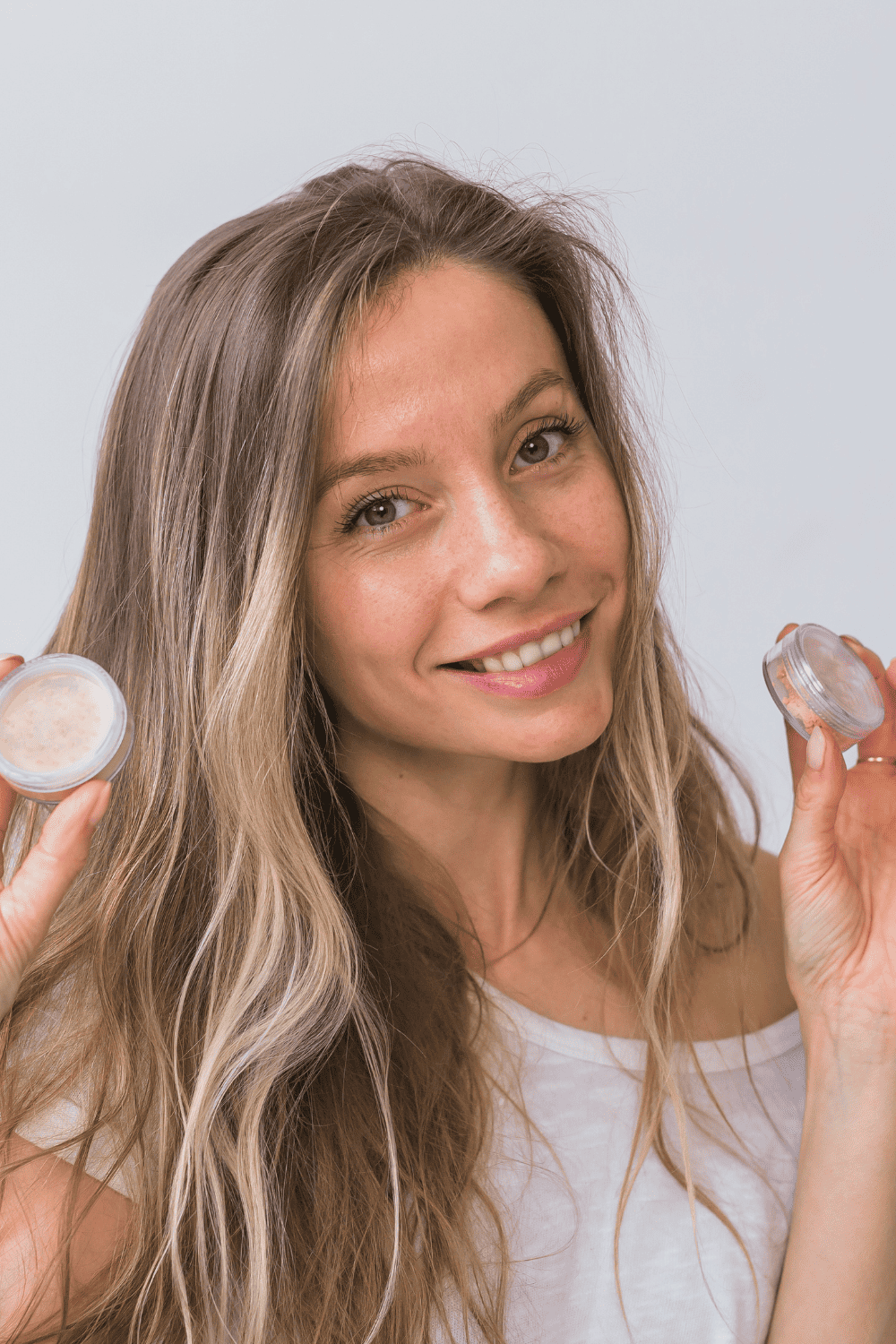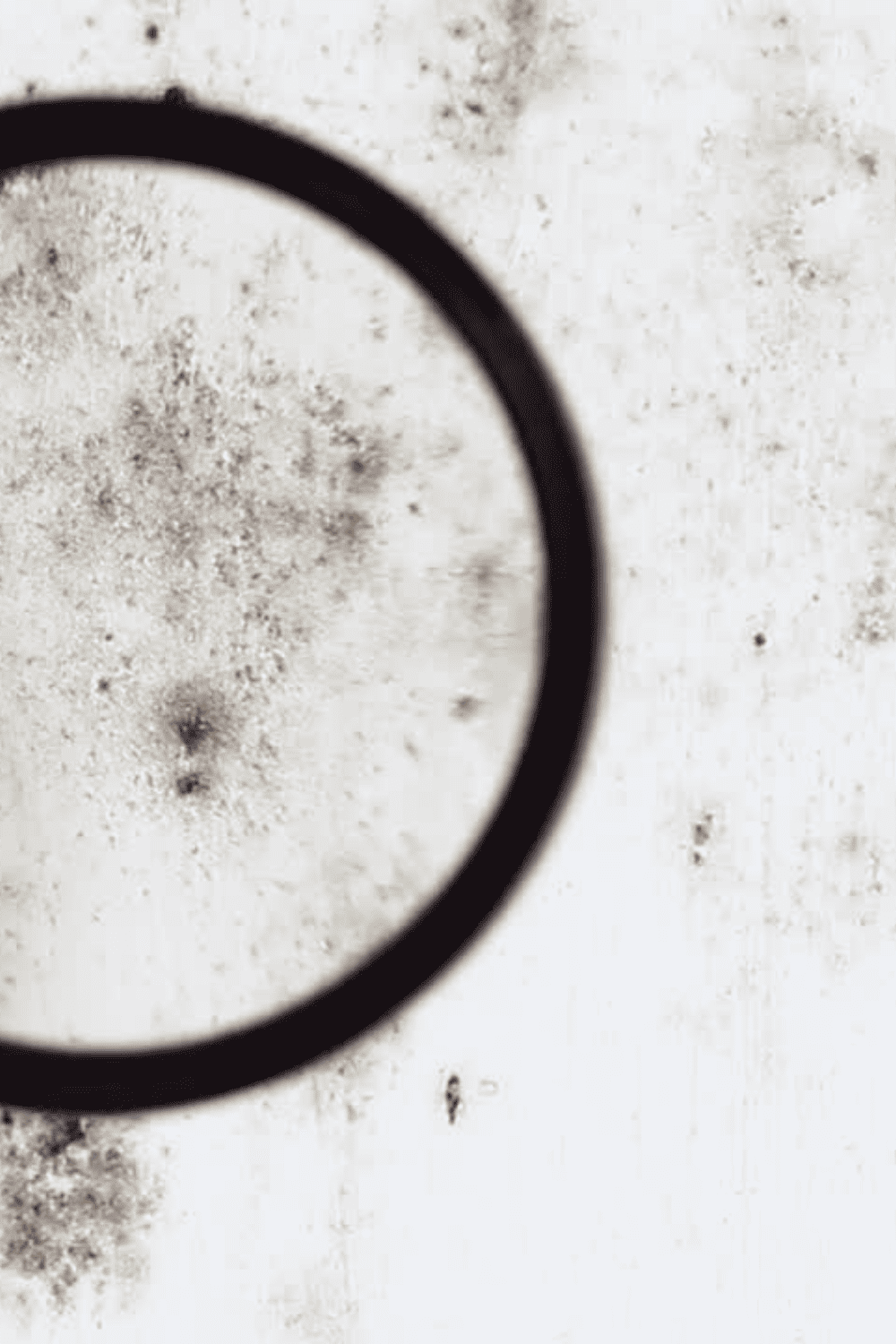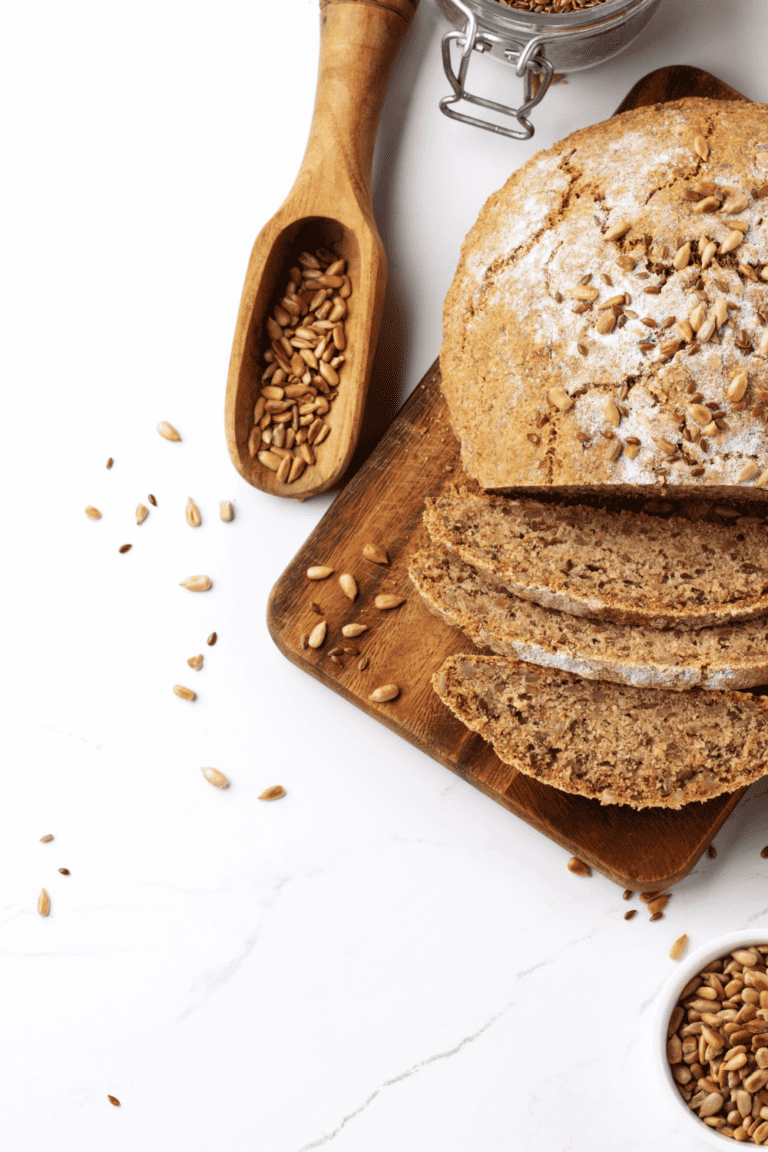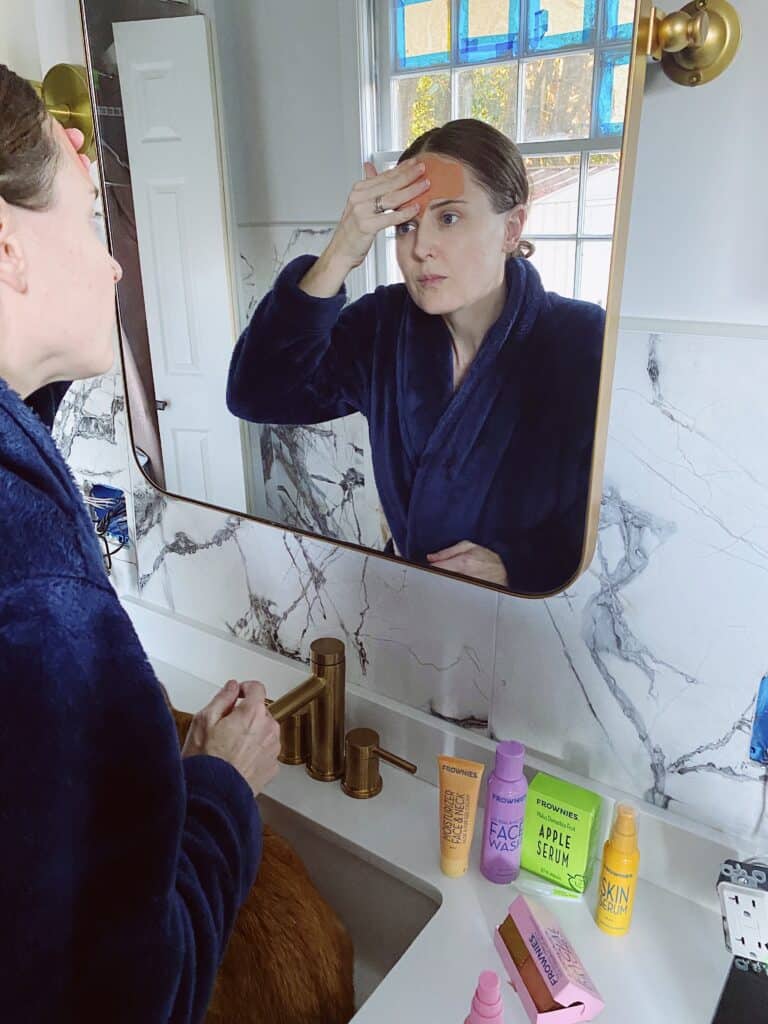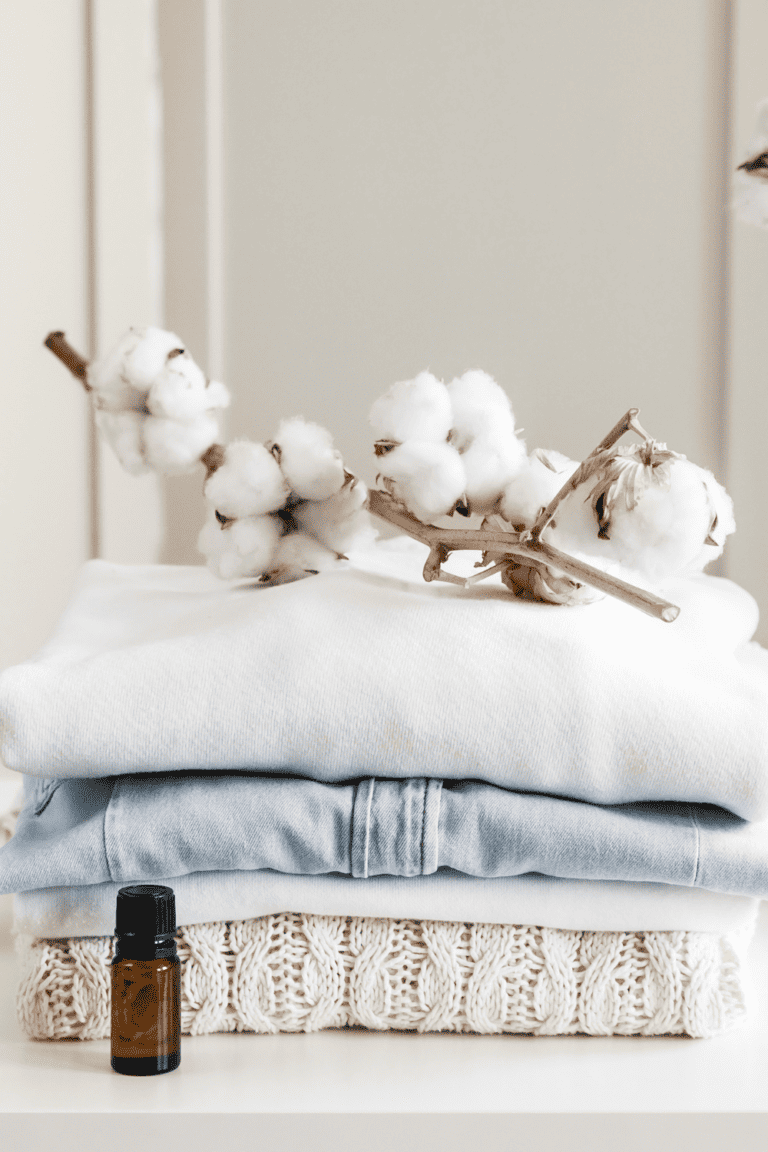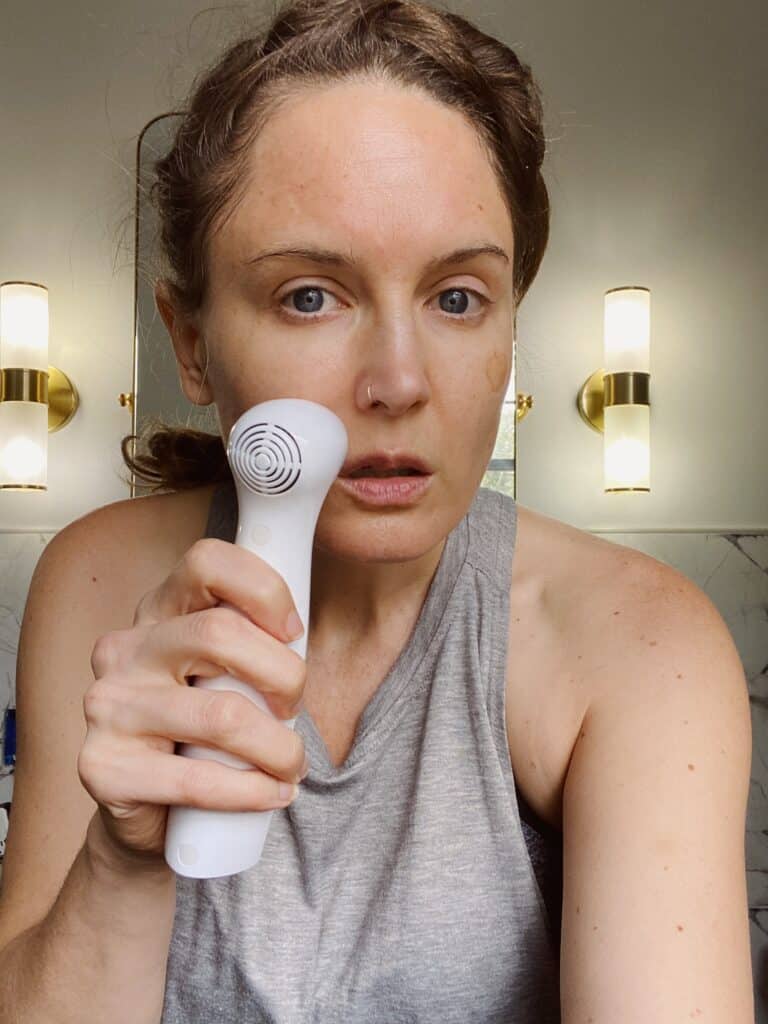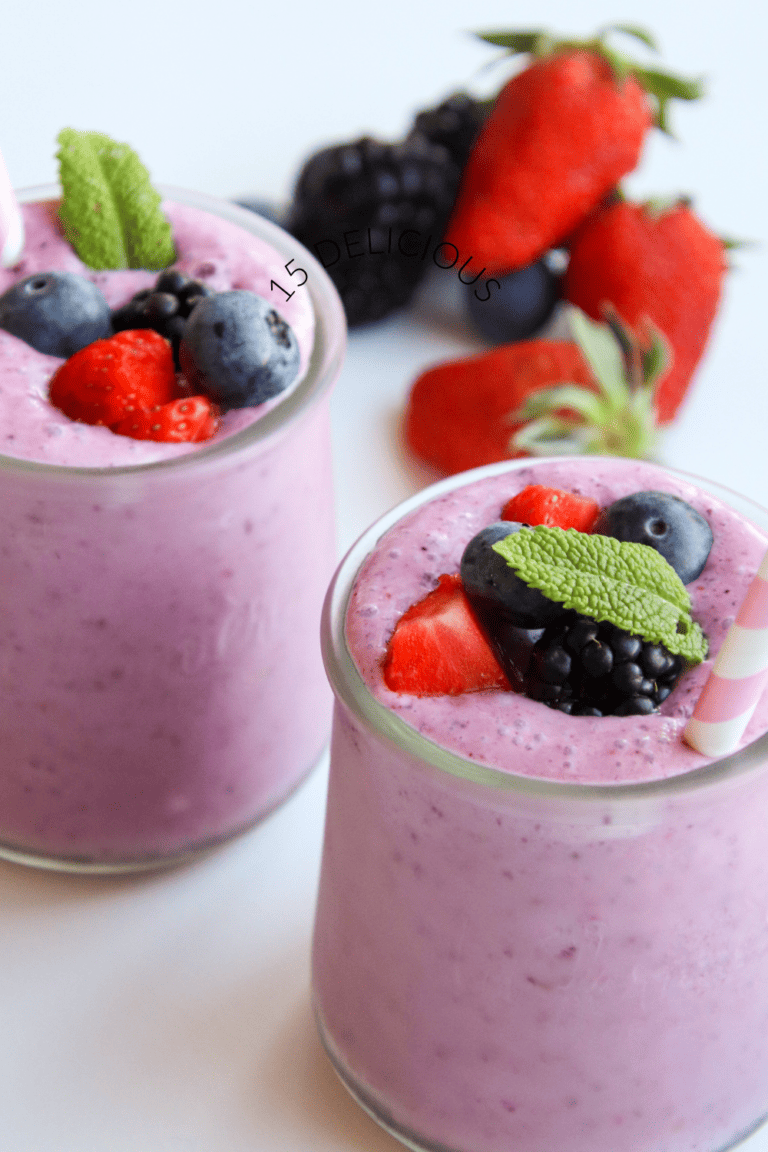The 11 Best Non Toxic Electric Tea Kettle Options
This post is about The Best non toxic Electric Tea Kettle Options.
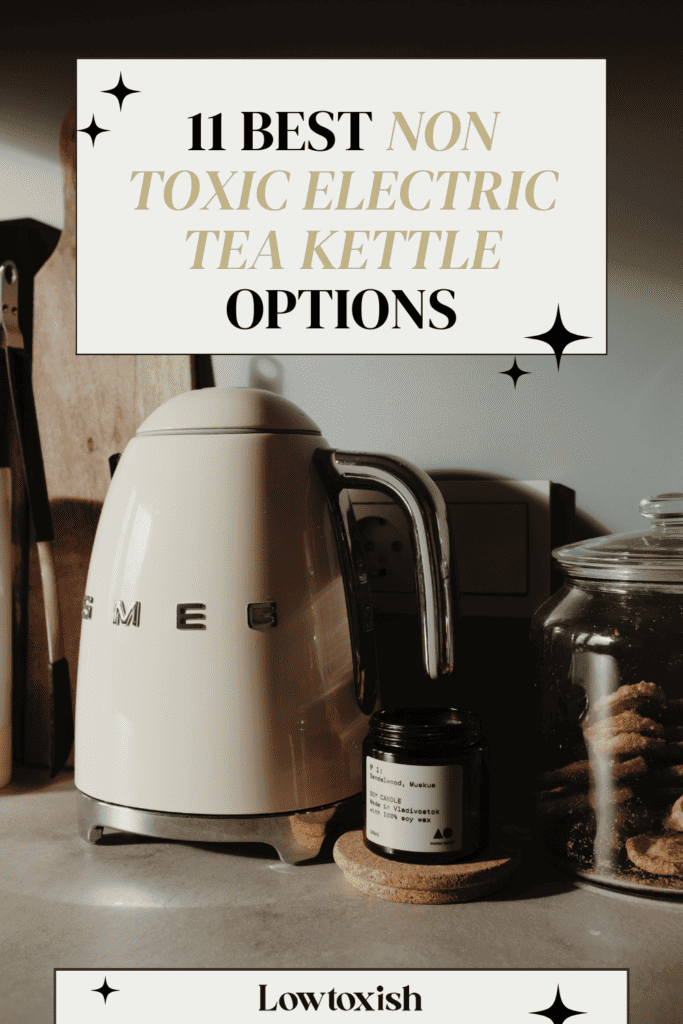
This post about non toxic electric tea kettle may contain affiliate links, which means I’ll receive a commission if you purchase through my link, at no extra cost to you.
The first time I used an electric tea kettle I was hooked. The water boils in seconds and they are so incredibly handy for anything that requires a hot water pour-over, from the conventional hot tea to rice noodles to oatmeal and more. I personally sad bye bye to our microwave, mainly to improve health but also to save counter/storage space. The electric tea kettle as replaced a lot of things I used our microwave for. If you’re reading this you either already know, from experience, how great electric tea kettles are and you want to find a non toxic option or you have heard about this unicorn of a kitchen appliance and want to check it out. Let’s jump in!
SKIP TO THE TOP 11 ELECTRIC TEA KETTLE OPTIONS
What is an electric tea kettle?
An electric tea kettle is a kitchen appliance that looks like a cross between a percolator and a tea kettle that plugs in and is rapidly heated by a heating element on it’s base. Water often comes to a boil under a minute. Some of the perks of an electric tea kettle over a traditional stove top tea kettle are:
- Speed: One of the advantages of electric tea kettles is their ability to boil water quickly. Thanks to their efficient heating elements, they can reach boiling point much faster than traditional stovetop kettles.
- Easy to Use: All you need to do is fill the kettle with water, plug it in, and turn it on.
- Safety: Electric kettles are designed with safety in mind. Many models have automatic shut-off features built in, which ensure the kettle switches off when the water reaches boiling point or when the kettle is empty. This makes them safe to use, even if you happen to forget about them-which is awesome.
Is a tea kettle the same thing as a tea pot?
No, a tea kettle and a teapot are two different things. A tea kettle is used simply to heat water and a tea pot is used to brew the tea leaves. You will not want to put tea directly into your tea kettle because 1. It could be dangerous if the kettle continues to heat and the leaves dry out and catch on fire (the electric kettles listed have a shut-off mechanism but still, they are only to be used with water). 2. The tannins and acid in the tea could lead to corrosion of stainless steel if the tea is left in the kettle too long.
All of the kettles listed can also be used for things like coffee pour-overs, instant coffee, oatmeal, or noodles that cook quickly
A teapot is a pot, usually made of glass, ceramic, or cast iron (you will need to be careful of enamels or glazes used on ceramic or cast iron) where you place the loose-leaf tea or tea bags into the teapot and then pour hot water (heated in the kettle) into the teapot. Some teapots, like this one, have a strainer built-in to prevent tea leaves from entering the cup when pouring. Other pots don’t have a strainer and you can simply hold a strainer over your cup when pouring to catch any loose tea leaves.
Why is it important to use a non toxic electric tea kettle?
Using a non-toxic electric tea kettle is important for several reasons, mainly related to health and safety. Here are two key reasons why you should prioritize a non-toxic kettle when heating water for beverages or cooking:
- Avoid Chemicals & Toxins: Most electric kettles, especially cheaper ones, contain plastic, aluminum, or other materials that can leach harmful chemicals into the water when heated. Two common concerns are the release of BPA (bisphenol A) and phthalates from any plastic components, as well as aluminum leaching from some aluminum kettles. These chemicals have been associated with adverse health effects, including endocrine disruption and other potential health risks. Drinking water from cheap plastics and metals is never a great idea but when heated, especially to a boil, reactions occur that release more chemicals into the water.
- Nobody wants tea or beverages that taste toxic: This is obvious once you take a sip of something that was brewed or boiled in plastic or cheap metal but not so much when you are making a purchase. Boiling water in plastic or bad metals will likely change the flavor profile of your beverage in an unfavorable way.
Why a non toxic electric tea kettle over a stove top kettle?
The main two reasons someone would choose an electric tea kettle over a stove top tea kettle are:
- Faster boiling time: The difference may not seem significant but for a busy person a faster boiling time can be the difference between enjoying a cup of tea at home or skipping the beverage because they don’t want to wait around for it to boil. Gas stoves usually take 4-6 minutes for water to boil in a kettle where as an electric stove top might take 5-7 minutes to boil. An electric tea kettle on the other hand usually takes only for water to boil 2-4 minutes. I’m going to be honest… I googled the boil times for these and my personal experience doesn’t line up. From my personal experience, electric tea kettles boil water SOOOOO much faster. It might be because I don’t fill the kettle all the way up- I just put as much as I will need but I swear the water is HOT and ready to use under a minute and that just isn’t the case for a traditional stove top kettle.
- Automatic Shut Off: Most electric tea kettles have an automatic shut off mechanism where the heating element shuts off if you forget to turn it off yourself. This isn’t a feature (that I know of) for stove tops. As a busy mom, it can be very easy to start a kettle and then walk away for a moment and forget I started the kettle. The auto shut-off feature is a great safety feature for busy people.
What are electric tea kettles usually made of?
It is often very difficult to find out what the internal components of an electric tea kettle actually are because manufacturers usually hide that information. Here are the most common materials used in electric tea kettles. Because electric tea kettles are exposed to high temperatures the materials used are much more important than if these containers were only used for room temperature or cold beverages. I have listed the possibly toxic/harmful (to humans- the environment is a different discussion) materials in RED, the lower toixc but still not good choices are in YELLOW and the safe or most lowtoxic materials to look for in GREEN:
- Polypropylene (PP): This is a popular choice for the handle and exterior of the kettle. It is heat-resistant, durable, and has a high melting point, making it suitable for handling hot water. I personally am not very concerned with what the material for a handle is and can understand that a material, other than metal is necessary so you don’t burn your hands. Polypropylene is generally considered to be nontoxic to humans and doesn’t contain BPA.
- Polyethylene (PE): Some kettle components, such as the water level window or certain gaskets, may be made from polyethylene. PE is known for its flexibility and resistance to moisture. In some forms and applications polyethylene has been shown to be not harmful but in other applications and forms it has been shown to be a possible carcinogen.
- Polycarbonate (PC): Polycarbonate offers high-temperature resistance and it can be transparent, making it a good choice for water level indicators. However… polycorbonate releases BPA and is definitely safe when in contact with food or water, especially when heated. I wouldn’t be too concerned if it is only used for an external part like a water level indicator but would absolutely not want it in contact with the water.
- Polyethylene Terephthalate (PET): PET is sometimes used for the water reservoir or parts that need to withstand high temperatures and potential hot water contact. This plastic is actually one of the safest studied so if you are going to have to compromise, this would be the plastic to consider. By my personal standards, no plastic in contact with my heated water is ok but I also understand because of budget and availability, sometimes compromises are made.
- Nylon: Nylon is used for some internal components, such as the boil-dry protection mechanism, which is often exposed to high temperatures and requires heat resistance. It has been traditionally considered food safe but more research is showing that might not be the case. Again, plastic and water heated at high temps is just not a good idea.
- Acrylonitrile Butadiene Styrene (ABS): ABS is often used for the casing of electric tea kettles. It’s moldable and impact-resistant. ABS is generally considered non-toxic but it does have a low melting point and shouldn’t be used in situations where it is exposed to high temperatures.
- Stainless Steel: Stainless steel does not leach harmful chemicals and is considered safe. It is FDA approved for food usage. The two safest forms of stainless steel (least likely to corrode) are: AISI 304 Stainless Steel (mainly used for food) and AISI 316 Stainless Steel (mainly used for surgical tools). Stainless steel is my personal preferred choice for cookware, including electric kettles.
- Glass: Glass is a great non toxic option and it definitely has a unique aesthetic appeal. For the most part it’s very safe for food use but it’s good to make sure it isn’t coated or combined with any chemicals that would make it toxic . Personally, I wouldn’t hesitate to choose a glass-bodied electric tea kettle, considering it a safe and appealing option. The only factor that might give me pause is the glass’s fragility, which could make it more prone to breakage.
- Ceramic: Ceramic itself is non-toxic and a great food safe material but the issue is that ceramic needs to be glazed and many ceramic glazes contain very toxic heavy metals. If choosing ceramic as a vessle material for your electric tea kettle you need to make sure that the glaze is non-toxic and doesn’t contain lead or cadmium specifically.
- Copper: Copper is used because it is an excellent heat conductor and aesthetically looks high end but I personally think copper is a horrible material to use in an electric tea kettle because it needs to be lined and not in direct contact with the water at the high temperatures. The liner of course could be made of anything. Copper itself is found in food and the body and balances zinc BUT you do NOT want copper levels to be out of balance with zinc, this can cause extreme toxicity and mental health issues. I learned all about this when our son was struggling with PANS and his copper levels came back slightly eleveated.
- Aluminum: Like Copper, most electric tea kettles that use aluminum have a liner and that liner could corrode or melt over time exposing the water to the aluminum and aluminum is extremely toxic.
What are the best and safest nontoxic electric tea kettles?
Considering the safest three materials for electric tea kettles are stainless steel, glass, and ceramic, this list is comprised of electric tea kettles that are made of those materials and in which no plastics or toxic chemicals come in contact with the water.
This post is about The Best Non Toxic Electric Tea Kettle Options.
ASCOT Electric Stainless Steel Tea Kettle
- No plastic touching water
- Auto shut off
- Inside made completely of 304 stainless steel
- Boil-dry protection
- Fast boil
- Cord free (the base of course has a cord but the kettle can be moved around freely).
- It comes in these colors: silver/stainless steel, blue, white, beige, light green, and black. The listings for the colored options is different than the listing for the stainless steel/silver option.
- Capacity: 1.7L
ASCOT Electric Glass and Stainless Steel Tea Kettle
- No plastic touching water
- Auto shut off
- Inside made completely of Borosilicate Glass and the base is made of 304 stainless steel
- Boil-dry protection
- Fast boil
- Cord free (the base of course has a cord but the kettle can be moved around freely).
- The base comes in these colors: silver/stainless steel, blue, beige, light green. The listings for the colored options is different than the listing for the stainless steel/silver option.
- Capacity: 1.7L
Cosori Original Electric Gooseneck Kettle
- No plastic touching water- all food grade stainless steel
- Gooseneck to prevent spillage during pouring
- Rapid Boil
- 5 Temperature Settings
- Hold Temp Function- keeps water hot for up to 60 min
- Boil-dry protection
- Auto- Shut off
- Fast boil
- Cord free (the base of course has a cord but the kettle can be moved around freely).
- Comes in stainless steel/silver and black
- Capacity: .85qt/.8L
Fellow EKG Non Toxic Electric Kettle Options
Stagg EKG Electric Kettle: REgular, Pro, & Studio Pro Models
- No plastic touching water- all food grade stainless steel
- Precision Pour Spout
- To-the-degree temperature control
- Brew stopwatch so you can time your brew once the water is poured
- Hold Temp Function- keeps water hot for up to 60 min
- Boil-dry protection
- Auto- Shut off
- Fast boil
- Cord free (the base of course has a cord but the kettle can be moved around freely).
- Comes in lots of pretty colors
- *+Scheduling feature
- *+Temperature Guide Mode
- *+ Future upates over wifi
- +Heating control base made of glass and metal
- Capacity: .9L
- *=Pro series
- += Pro studio series
Corvo EKG Electric Kettle: Regular, Pro, & Studio Pro models
- Same features and size as the Stagg model but with a XL shorter pouring spout
- No plastic touching water- all food grade stainless steel
- To-the-degree temperature control
- Brew stopwatch so you can time your brew once the water is poured
- Hold Temp Function- keeps water hot for up to 60 min
- Boil-dry protection
- Auto- Shut off
- Fast boil
- Cord free (the base of course has a cord but the kettle can be moved around freely).
- Comes in lots of pretty colors
- *+Scheduling feature
- *+Temperature Guide Mode
- *+ Future upates over wifi
- +Heating control base made of glass and metal
- Capacity: .9L
- *=Pro series
- += Pro studio series
Ulalov Gooseneck Electric Tea Kettle 100% Stainless Steel
- No plastic touching water- all food grade stainless steel
- Leak Proof
- Auto Shut off
- Anti-dry protection
- 2-3 Minutes to heat and boil
- Simple Design- only an off and on switch
- Detachable from base- kettle isn’t wired
- Capacity: .8L
Chantal Mia Electric Kettle
- No plastic touching water- all food grade stainless steel
- Slow pour spout
- Auto Shut off
- Boil Dry Protection
- 2-3 Minutes to heat and boil
- Simple Design- only an off and on switch
- 10 color options
- Detachable from base- kettle isn’t wired
- Capacity:32 oz/ 4 Cups
INTASTING Gooseneck Electric Kettle
- No plastic touching water- all food grade stainless steel
- High Quality for Affordable cost
- Auto Shut off
- Boil Dry Protection
- To the degree heat setting dial
- Hold temperature feature
- Celsius or Farenheit
- Timer function so you an time your brew
- Multiple color options
- Detachable from base- kettle isn’t wired
- Capacity: .9L
- I own this one and LOVE it. It has the style of the Fellow Stagg for a fraction of the cost and is great quality.
Unboxing of the Intasting Gooseneck Kettle
Willow Everett Electric Gooseneck Kettle
- No plastic touching water- all food grade stainless steel
- Rapid Boil
- Auto Shut off
- Spill Free Lid
- Simple On/Off Flip Switch
- Detachable from base- kettle isn’t wired
- Capacity: 1L
Hario V60 “Buono” Drip Kettle Electric Gooseneck Kettle
- No plastic touching water- all food grade stainless steel
- Japanese made by a Japanese company with a history of good quality products
- Auto Shut off
- Gooseneck Spout
- Simple On/Off Switch
- Detachable from base- kettle isn’t wired
- Capacity: 1L
Yobano Electric Gooseneck Pour Over Coffee Kettle
- No plastic touching water- all food grade stainless steel
- Keep warm function
- Gooseneck Spout
- Temperature control: 104℉-212℉
- 360 Swivel base
- Detachable from base- kettle isn’t wired
- Capacity: 1L
My Personal Favorite Options For a Non Toxic Electric Tea Kettle
I write about things that I personally care about. When I write, it’s not for a hypothetical person, it’s for myself… sharing what I’ve learned from the school of hard knocks or sharing the research and time I’ve put in to find the best products and practices that have the best blend of being non toxic or low toxic, being aesthetically pleasing, and being high quality/high functioning. The two kettles out of this list that I personally would purchase are:
Fellow Stagg EKG Electric Kettle Studio Pro

The Stagg EKG Pro Studio Kettle is my overall top choice because it is the most beautiful and the highest quality. Its base also is made of metal and glass so there won’t be a plastic smell when heated (the plastic doesn’t touch water in any of the other choices but most have plastic on the base and some people report a plastic smell when using).
The Fellow Stagg Pro Studio also has more bells and whistles than any kettle listed (except the Corvo Pro Studio). This is the most expensive kettle of all listed so that is the main reason that I have a second choice.
Electric Kettles, INTASTING Gooseneck Electric Kettle

The Intasting Kettle is the kettle I I decided to purchase. I had loved the look of the Fellow Stagg SO much that I couldn’t bring myself to purchase a kettle I didn’t like as much.
I also couldn’t bring myself to spend the money on the Fellow Stagg so when I stumbled upon the Intasting Kettle I was SO excited because it looks SO much like the Fellow Stagg kettle but it is so much more affordable.
I am happy to report that the Intasting kettle is beautiful in person and works so well. It has all the bells and whistles as the Fellow Stagg too. Maybe the quality isn’t 100% as good as the Fellow Stagg but It’s close enough for me.
Is anyone else excited by these options? There were a few other options for nontoxic electric kettles where the inside had no plastic parts touching the water but the reviews were not great: either the handle fell off (which could be extremely dangerous) or people reported the kettle rusting soon after purchase.
The options I listed were the options I felt were the safest and the sturdiest but the bonus is that they are also all super stylish!
I want to note that hard water can lead to limescale buildup or corrosion which could lead to rust so it’s important to consider if you have hard water and how that could lead to premature damage to any metal kettle also it will be important to maintain any kettle properly (most stainless steel kettles only need you to heat up a kettle of water and then dump it out to let the inside dry to clean and maintain).
This post was about the best non toxic kettle options which are all safe, beautifuL, and high Quality.
More posts like this:
The Ultimate Guide to the Borosilicate Glass Tea Kettle
The 11 Best Non Toxic Electric Tea Kettle Options
How to Craft Adaptogenic Teas: 5 Recipes to Try
African Teas 101: A Comprehensive Guide to African Teas
Brewing Wellness: The Ultimate Adaptogen Tea Guide
Favorite Non-Toxic Tea Accessories
Favorite Posts
Last update on 2025-04-03 / Affiliate links / Images from Amazon Product Advertising API
This product presentation was made with AAWP plugin.





